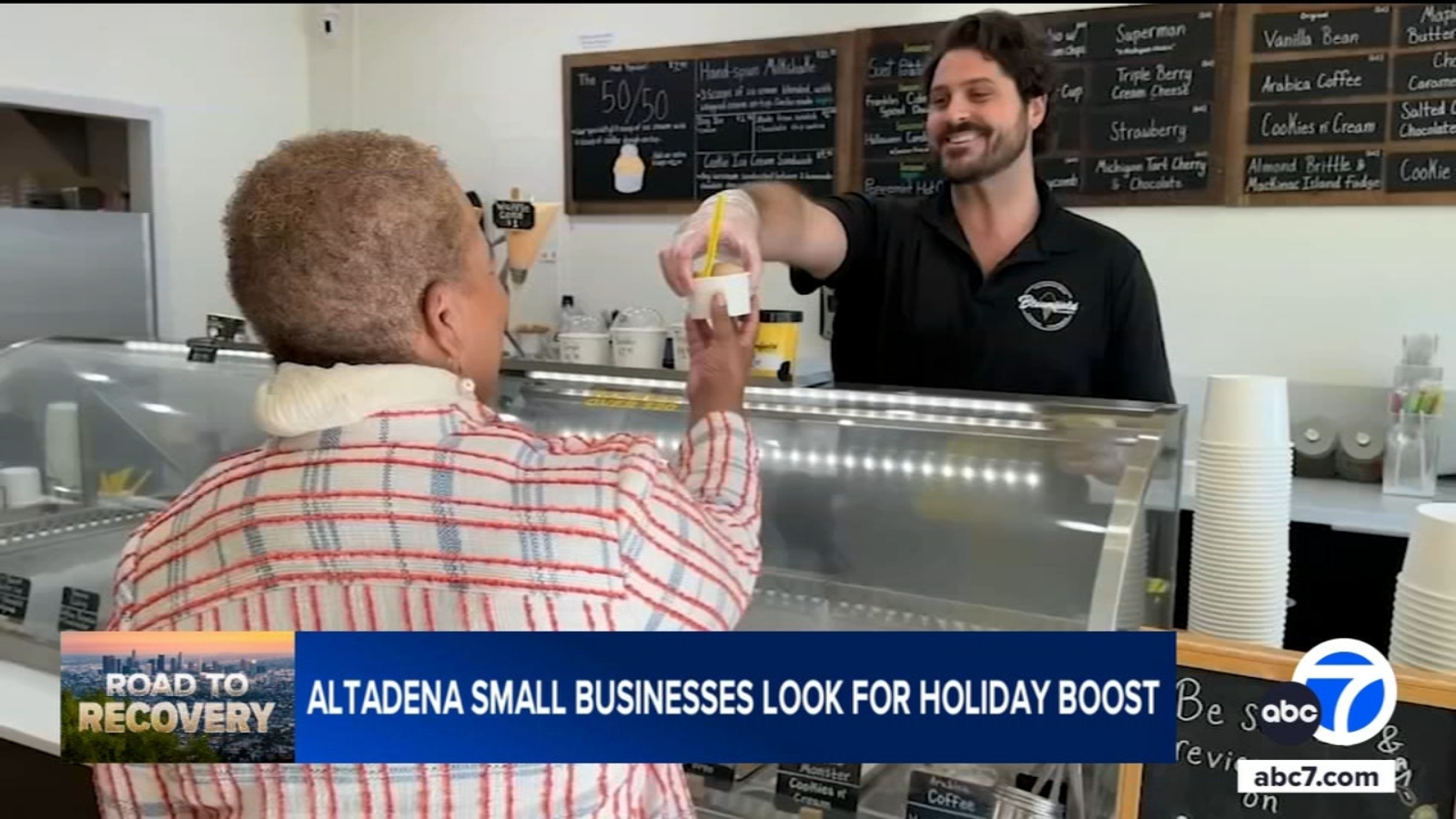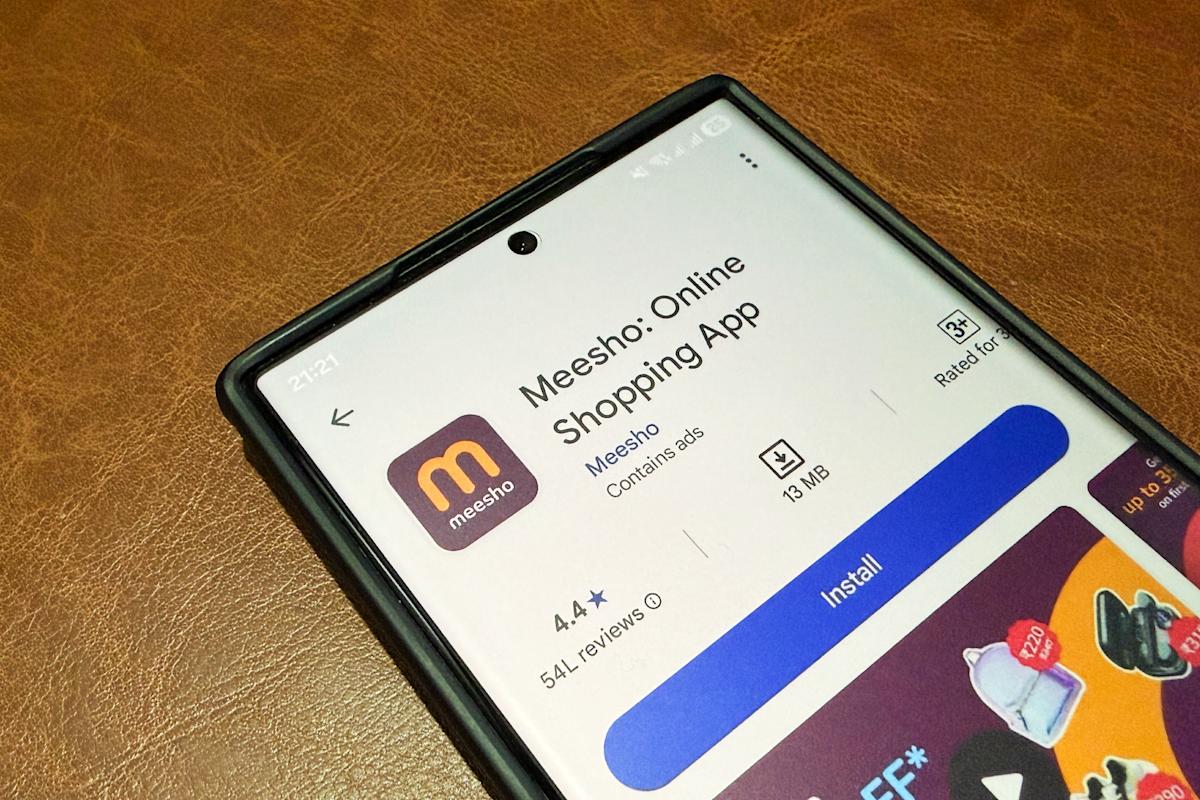Gratitude text, written on wooden lettering, balance in life concept
getty
Gratitude is typically viewed as a personal virtue. Yet researchers have found that it has measurable economic effects, influencing spending behavior, trust in financial relationships, employee productivity and charitable giving. As businesses prepare for the November season of holidays and end-of-year giving, the role of gratitude in economic behavior deserves deeper examination.
Gratitude is often framed as a personal virtue, yet it also behaves like an economic input. When people feel recognized, they are more likely to trust, transact and remain loyal. Those behaviors have measurable consequences for productivity, retention and spending. As companies enter the season of holidays and end-of-year giving, it is worth asking how appreciation shows up in economic data across the United States and Europe, and how leaders can translate sentiment into value.
The Link Between Gratitude And Trust
Trust is the starting point. In markets with higher trust, transaction costs tend to fall because parties spend less on verification, enforcement and dispute resolution. Recent editions of the Edelman Trust Barometer show persistent gaps in public confidence across institutions in both the United States and Europe, with business often ranking as the most trusted actor among major institutions. That trust advantage carries responsibility. It also creates a practical question for executives: what behaviors increase trust at scale without distorting incentives or budgets? Expressions of authentic gratitude are one of the few levers that improve trust quickly inside firms and across customer relationships. They cost little, but they change how people engage.
Behavioral economics helps explain why. Research on reciprocity and prosocial behavior finds that people who feel appreciated are more likely to cooperate, share information and repeat transactions. Those micro-decisions accumulate into macro-effects. In customer markets, positive emotion correlates with repeat purchasing and reduced churn.The Harvard Business Review has reported that emotionally connected customers are significantly more valuable over time than satisfied customers. In workplaces, recognition increases engagement. Gallup’s workplace research links frequent, specific recognition to higher productivity and lower turnover. These are not intangible benefits. Lower churn reduces recruiting and onboarding costs. Higher engagement improves output per labor hour.
There is also a cross-Atlantic pattern in the numbers. European employers have long emphasized social protections and worker councils while U.S. employers have tended to focus on performance incentives and at-will flexibility. Yet surveys on recognition show a convergence: employees in both regions report that appreciation from managers and peers is among the strongest predictors of whether they stay. When recognition is specific, timely and tied to outcomes, the economic signal is clear. Teams deliver more, and they are less likely to leave.
Grace-filled Businesses Win Grateful Customers
Gratitude affects supply-side performance, but it also influences demand. Consumers interpret appreciation as care and competence. In periods of high uncertainty, that signal matters. McKinsey has shown that brands which build strong emotional connections outperform on lifetime value and word of mouth. European consumer research finds similar dynamics in service quality and complaint resolution. A sincere thank-you, a transparent make-good or a loyalty gesture after a failure can restore trust and keep customers in the relationship. Those gestures are not a replacement for product quality. They are an amplifier of it.
November seasonality adds another economic channel: giving. Gratitude and generosity often move together. The GivingTuesday movement has documented steady growth in individual and corporate contributions since its inception, with billions raised in a single day across the United States and Europe. Corporate giving is only one part of that story, but it reflects a wider cycle. Employees who see their employers support community priorities are more likely to report pride and commitment. Communities that experience responsive giving are more likely to reward firms with goodwill, referrals and local policy support. In both regions, those feedback loops influence brand equity and social license to operate.
Making Gratitude A Part Of The Workplace
Leaders should avoid reducing gratitude to messaging. There is a difference between an appreciation campaign and an appreciation system. The first is episodic. The second is operational. Systems are visible in how teams run one-on-ones, how managers coach, how frontline feedback is handled and how service recovery is executed. A system aligns recognition with concrete behaviors and results. It also pairs gratitude with fairness by making recognition expected and trackable rather than discretionary and opaque. European firms often codify these practices in social dialogue structures. U.S. firms often build them into talent and customer success playbooks. Either route can work. What matters is consistency.
Smiling professional receiving flowers from coworkers at office. Colleagues celebrating an achievement of a colleague at start up office.
getty
The economics are clearest in a few areas. First, retention. Replacing an employee can cost a significant percentage of salary when recruiting, training and lost productivity are included. Consistent recognition lowers that risk. Second, productivity. Teams that receive specific appreciation around goals tend to maintain focus and improve throughput. Third, revenue. Customers who feel appreciated spend more over time and are less price sensitive in categories where service and trust determine value. Fourth, resilience. During disruptions, organizations that practice appreciation often communicate better under stress. That reduces coordination failures and recovery time.
A quote from a Center for Brain Health article describes it as, “Gratitude inspires a deeper level of understanding, empathy and grace towards others, and at my own workplace I see it improving collaboration, problem-solving, creativity and more.”
There are also limits. Gratitude does not fix wage compression, unsafe workloads or weak products. It should never be used as cover for those issues. It also loses value if it is automated or generic. Employees and customers learn to discount signals that feel scripted. Leaders in both the United States and Europe report the same failure pattern: gratitude detached from real improvements in work design or service quality produces cynicism, not commitment. The remedy is to match appreciation with action. Thank the team for shipping on time, and also improve the bottleneck that made the sprint costly. Thank the customer for staying, and also correct the service gap that created the repair event.
For executives planning the remainder of the year, a practical checklist can translate sentiment into value. Tie recognition to specific outcomes and evidence. Equip managers with simple scripts and prompts for timely thanks in one-on-ones. Close the loop with customers after service recovery with a transparent explanation and a small gesture. Track retention and repeat-purchase metrics alongside recognition frequency to validate impact. Connect gratitude to community by supporting employee-led giving or volunteering during the season, then report back on outcomes.
A final observation connects the U.S. and European experiences. In both regions, the cost of distrust shows up as friction. It is time spent verifying, time spent repairing and time spent replacing. Appreciation will not substitute for sound economics, but it lowers friction when it is practiced with discipline. In uncertain markets, that is a competitive advantage leaders can control. The companies that acknowledge contributions and care for customers with clarity are not only doing the right thing. They are also building balance sheets that benefit from longer relationships, steadier teams and a higher return on trust.







